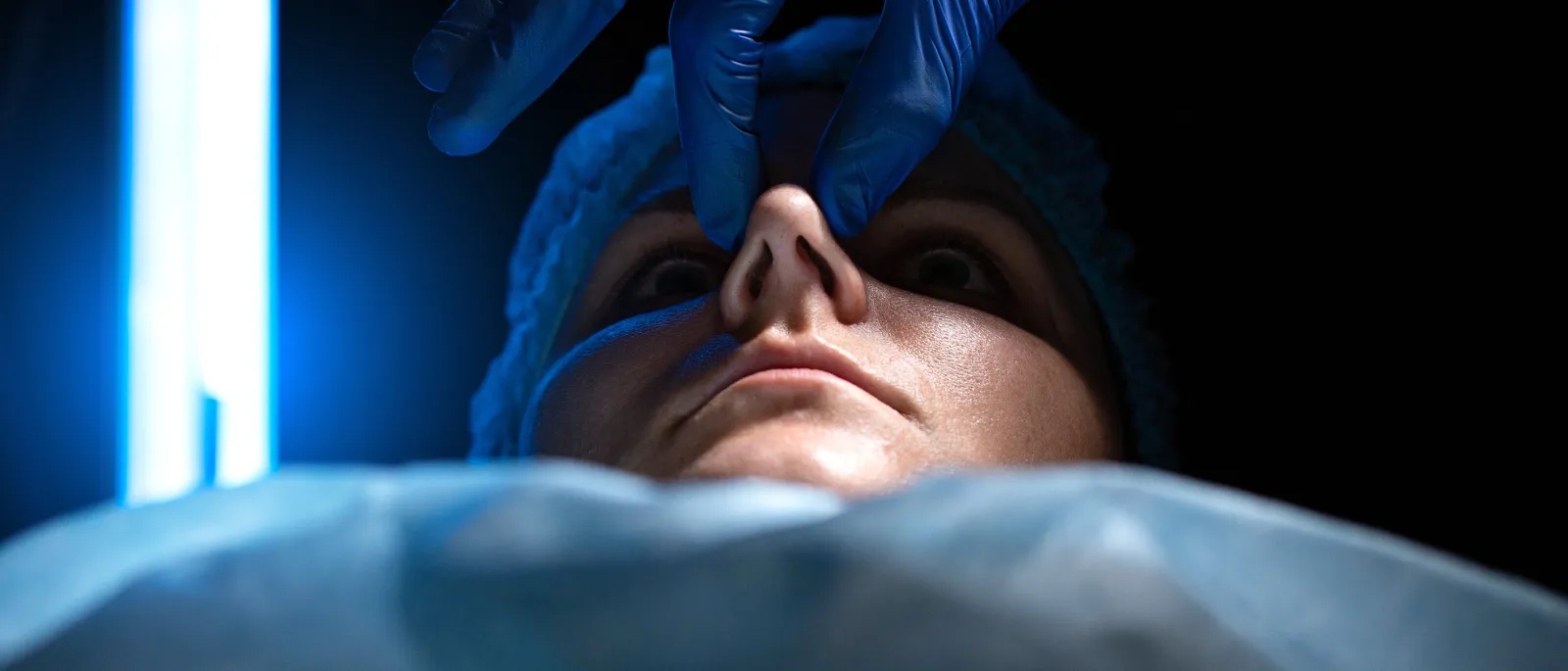Recovery after septoplasty and turbinate reduction can be long, although patients can expect to return home quickly after treatment. It's a short and relatively painless operation for people with breathing problems, nasal congestion, frequent sinus infections, and headaches due to a deviated or crooked septum.
The initial swelling usually lasts two to three days. And septoplasty recovery time can take 3-4 weeks before people can partake in regular activities. However, it can take up to three months for the nose to fully settle and recover after the treatment. If further nose operations or treatments are performed with the surgery, healing, and recovery can take longer.
What Can You Do After Your Septoplasty Surgery?
When septoplasty is paired with turbinate reduction, the delicate incisions and repositioning of the septum require you to avoid heavy activities for several days after surgery. Even daily functions such as sleeping, breathing, and nose-blowing must be controlled to a certain extent.
Your diet also takes a hit during your recovery. Eating difficult-to-chew items, such as steak and nuts, might cause damage or discomfort in the early stages of recovery. You must wait a week before resuming your normal eating habits or consuming chewy, hard, and crunchy foods.
Eating cold, bland food is preferable, especially in the first few days after surgery. This diet helps prevent swelling and fluid buildup.
However, if you feel comfortable, you can resume light activities after one week. You can even bathe the day after surgery if you don't have splints. But if you have splints avoid using water; instead, rinse them with saline.
Some patients can start light exercise seven days following septoplasty and perhaps turbinate reduction, while others may need to wait two or more weeks. Best if you can avoid vigorous physical activity for a month. This also includes going to the gym and participating in contact sports.
But you can walk daily and take slightly longer walks than the previous day. Increase your walking rate gradually and try to sit and stand as much as possible.
Exercising modestly and progressively increasing the length and intensity monthly is also recommended. But remember that aerobic exercise can induce discomfort during the early phases of septoplasty recovery. It may simply cause you to breathe more forcefully.
Some people may be able to breathe normally again following the treatment. Although many experiences partial or total nasal blockage for up to two weeks, so you know what to choose between mouth breathing vs nose breathing. This obstructed breathing can make it difficult to stick to your typical exercise schedule, especially involving sports like swimming that necessitate clear breathing.
You can also ask your surgeon when you can resume your normal activities. Patients are usually recommended to follow their surgeon's post-operative care recommendations and attend follow-up appointments throughout the first week.
During this time, blowing your nose and sneezing with your mouth open is also prohibited. So, stay away from allergens and dusty places. And, if you must sneeze, use nasal sprays prescribed by your doctor to preserve the sensitive tissues of your nose.
Cigarette smoke irritates nasal tissues, too, and can slow healing. As a result, you must avoid smoking or being around smokers while recovering from septoplasty. Plus, smoking limits oxygen and can result in a considerably longer recovery.
If you wear regular glasses or eyewear, you must wait at least a month following surgery since it rests on the nose bridge, putting pressure on the area. So contacts are a great alternative for the time being.
How to Sleep After Septoplasty
Many patients also have difficulty sleeping during the first week due to a blocked nose and bloating. To sleep effectively after surgery, lay on your back with two pillows under your head to create a 30- to 45-degree inclination. This will improve your breathing, boost blood flow in your nose, reduce puffiness, and help avoid nosebleeds.
After removing the tampons and dissolvable sutures, you can sleep on your sides, but be careful not to injure your nose while sleeping. For the first month after surgery, try to sleep on your back. A reclining chair is also comfortable and helpful in this case.
Wrapping Up
Following your surgeon's directions and recovery care guidelines to reduce concerns that can delay your suffering and healing is the quickest approach to recovering from the treatment. Failure to do so might lead to healing issues, poor results, and further septoplasty recovery sessions with your surgeon.
Before and after surgery, you must clear your schedule and incorporate health and lifestyle changes. Remember to communicate with the surgeon for any concerns or issues during recovery.
At ENT of Georgia South, we have a long list of competent and experienced ENT doctors that can assist you with septoplasty surgery. With us, you may be confident you will have an excellent healing experience with an affordable deviated septum surgery cost. Contact our team today to learn how we can help your surgery be a stress-free experience!

